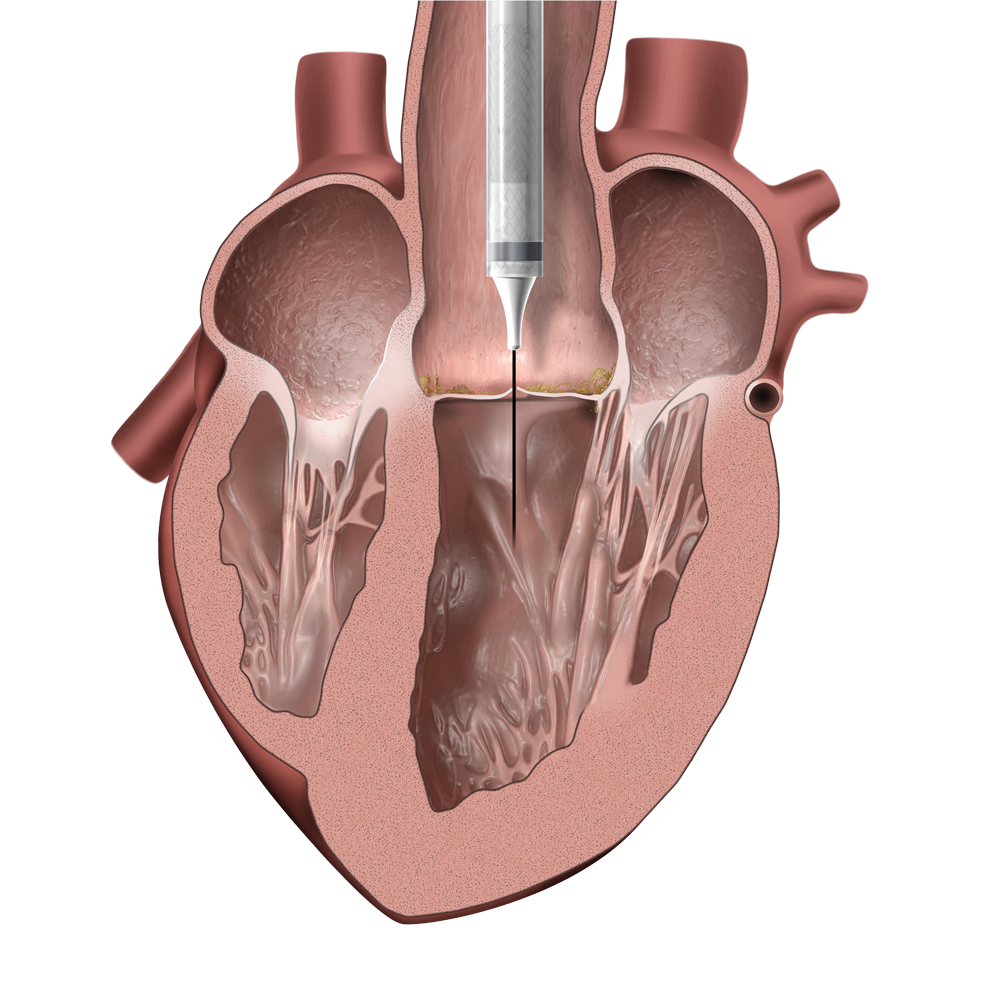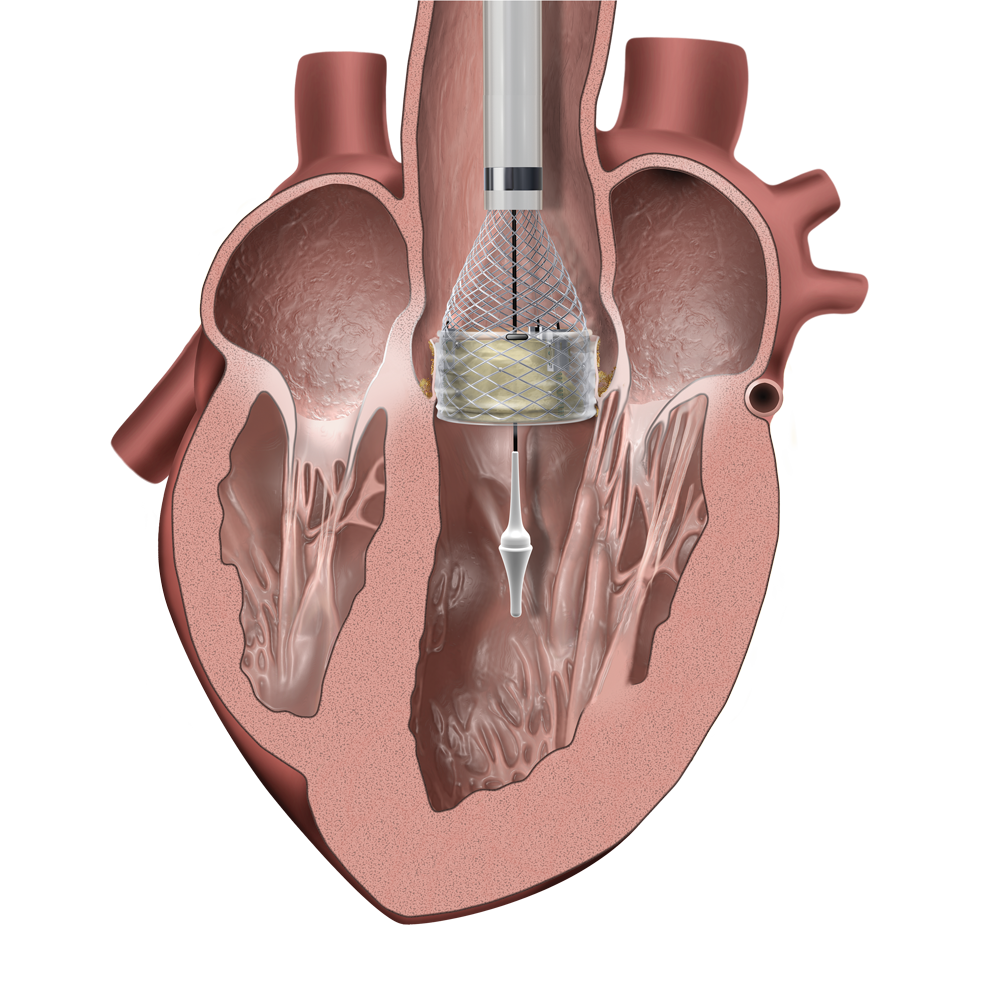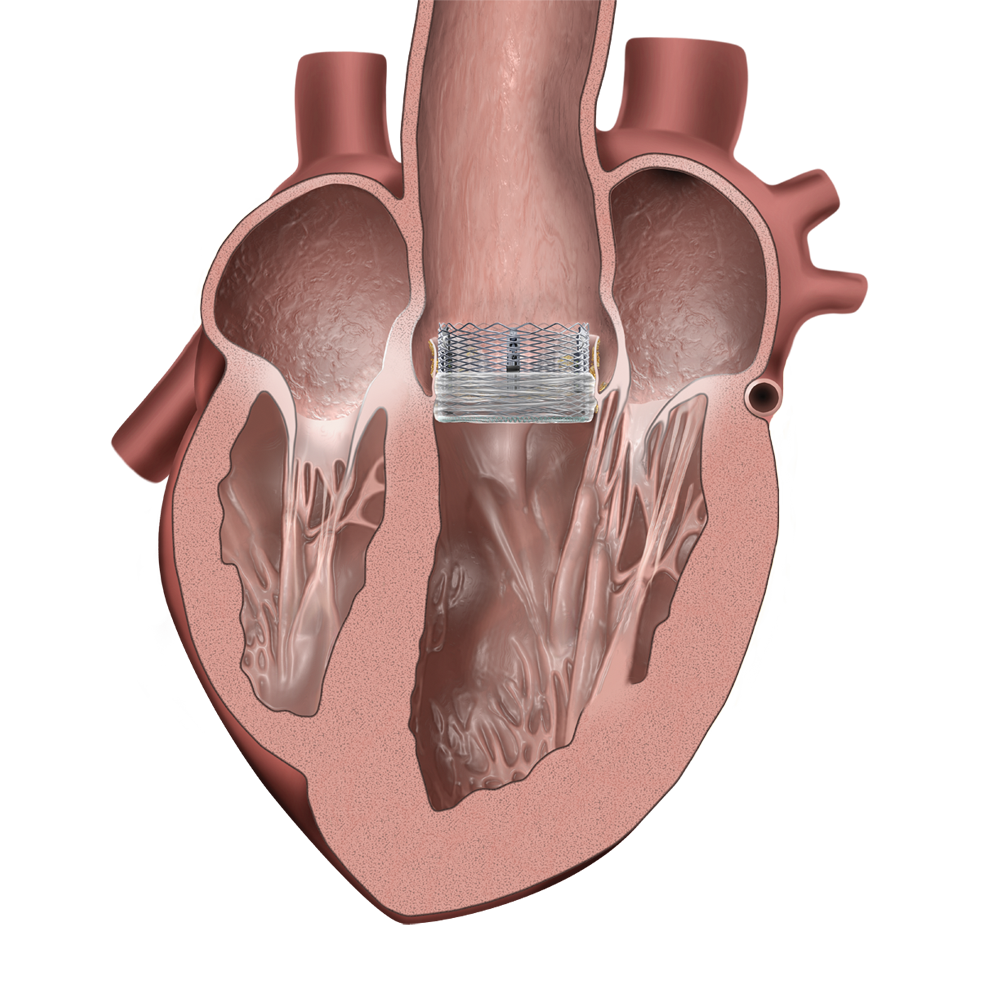
What to expect with the TAVR procedure
Preparing for your TAVR procedure
If you’ve been told you need an aortic valve replacement, you probably have a lot of questions and concerns. To help guide important discussions with your doctor, we’ve compiled a helpful list of questions.
When you consult with your heart team, it’s helpful to have a friend or family member come along to hear the information first-hand, ask questions, and to take notes. It’s also advisable to have a family member or caregiver at home to help for the first few days after the procedure, as you recover.
When you’re contemplating a replacement heart valve, it’s easy to feel a little overwhelmed. To help you talk through all the important details with your doctor, we compiled a helpful list of questions.
To access your heart, your doctor will make a small incision in your artery or blood vessel, most often in the groin, and insert a small, hollow tube, called a catheter.
After your TAVR procedure
The time spent in the hospital will depend on how quickly you recover.
Before leaving the hospital, you will be given instructions regarding follow-up office and/or clinic visit appointments. Ask questions if you have any concerns about your new heart valve or medications you’ll be taking.
*Illustrations for information purposes – not indicative of actual size or clinical outcome.



